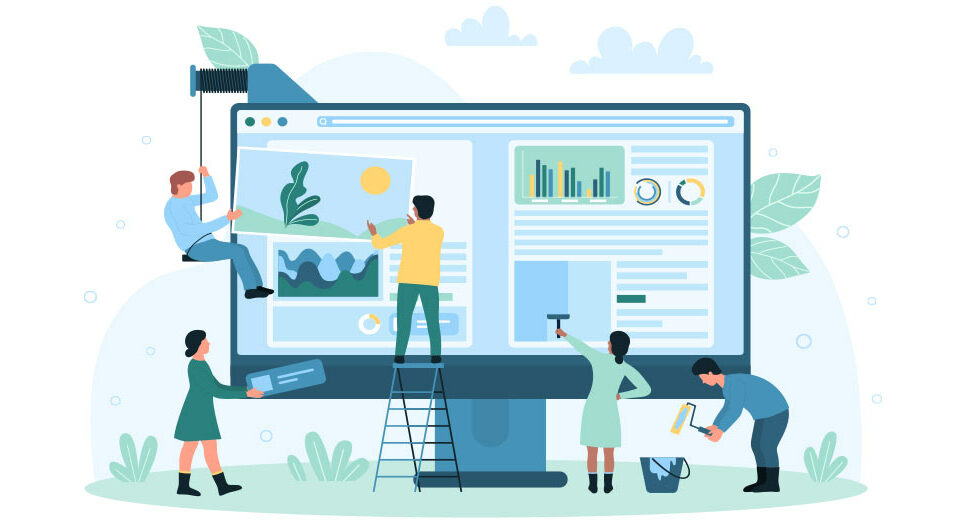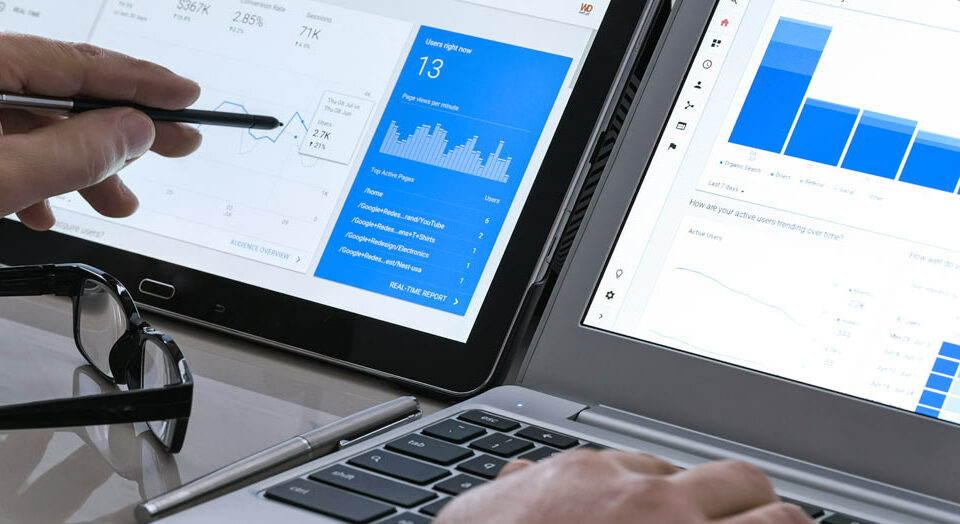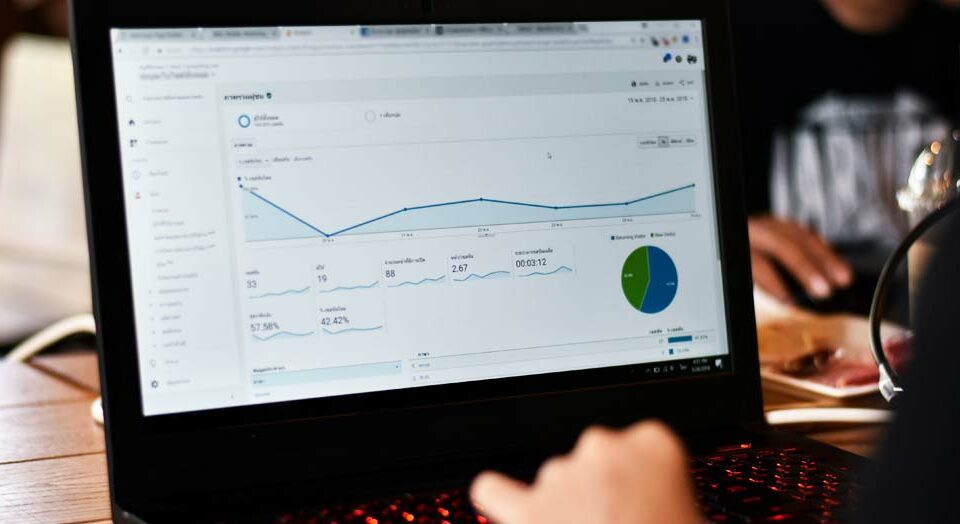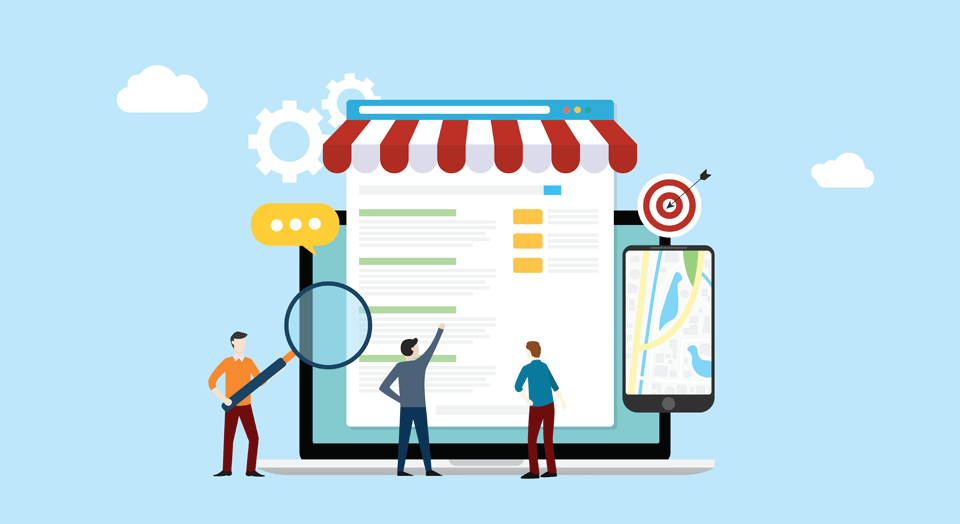
How Direct Mail and Print Marketing Can Invigorate Your Political Campaign
June 7, 2023
Using Unconventional Email Delivery Times to Boost Engagement
July 7, 20238 Essential Guidelines for Crafting High-Converting Landing Pages
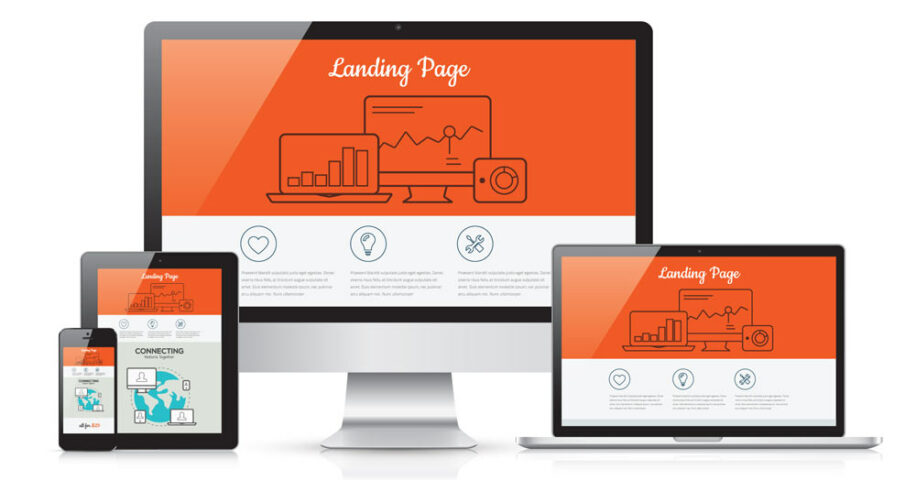
The conversion rate of a marketing campaign is the difference between making it a budget burner or a lucrative source of profit for your business. And for many types of online marketing, a landing page is an essential part of driving high conversion rates.
What makes a successful landing page that turns interested visitors into active customers? Countless factors play a role, but here are eight of the most important guidelines to follow.
1. Strong Headline to Catch Attention
Your landing page needs to engage the visitor from a single glance, and a powerful headline is the best way of achieving this. Keep it short and simple, telling the visitor exactly what they’ll gain from your product while sparking enough interest to lead them into the copy below. Don’t try to be too clever — immediacy is the key, and making a headline too complicated will turn more visitors off than it attracts.
2. Compelling Calls to Action
Your landing page also needs to tell the visitor what you want them to do next and give a compelling benefit for why they should do it. Use a simple but strong call to action (CTA) high up on the landing page, so visitors will see it without needing to scroll down or plow through masses of text.
Follow up the first CTA with a more in-depth one further down the page — or even multiple CTAs — to give a second or third chance of converting visitors who weren’t persuaded by the first one.
And lastly, at the bottom of the page, include a ‘safe’ call to action that leads people to more information rather than attempting a sale. If a visitor has reached the bottom of the page without converting, it’s better to lead them to another non-sales page rather than lose them altogether.
3. Test and Test Again
No matter how experienced you are in creating high-converting pages, there are always surprises in store for a new campaign. Some tried-and-tested elements may suddenly fail, while other less promising tactics may convert unexpectedly well.
The only way to determine what works on a particular campaign is to test extensively and repeatedly. Don’t assume that any one element is as strong as it should be — setting up an A/B or multivariate testing system will let you zoom in on what’s working and pare away the elements that aren’t hitting the target.
4. Lean, Mean, and Mobile-Friendly
A landing page should load almost instantly, whatever device or browser it’s being viewed on. Don’t slow down the page with unnecessary graphics or scripts, and ensure that the key elements of the page appear on every kind of device you can test with.
5. Remove Distractions
As well as keeping page size down, it’s important to avoid any elements that could distract from the action you want the visitor to take. Remove most of the navigation so that following your CTA is the most obvious path for your visitors to take, and don’t waste page space on any element that doesn’t play a testable role in conversion.
6. Create Urgency
Time-limited offers are a great way to instill a sense of urgency in your visitors, encouraging them to follow your CTA while they still can. However, this tactic is best used slightly down the page after the first more gentle CTA has failed to convert. Going too hard too soon can be a major turnoff for customers who are already engaged, so save these scarcity tactics for second and further bites at the conversion cherry.
7. Social Proof
If urgency isn’t appropriate for your product, a similar sense of motivation can be produced using social proof, including testimonies, sales counts, and trust badges. If you can make your visitor feel they’re in good company and that other visitors have enjoyed their experience with your products, they’re much more likely to convert.
8. Seamless Transition Into Copy
Lastly, if you’re sending traffic to your landing page using paid advertising, your page should reflect the keywords that triggered the ad. Use closely related text in both your ad copy and landing page headline so that there’s a seamless transition between the two, and support the headline with relevant copy including the same terms. The more tightly you can tie the experience together, the less opportunity for a visitor to be discouraged.
Crafting a winning landing page is an art and a science, and every campaign is different. However, follow these eight guidelines and you’ll have a strong foundation to build conversions on, helping to turn your campaign into a profitable success.

